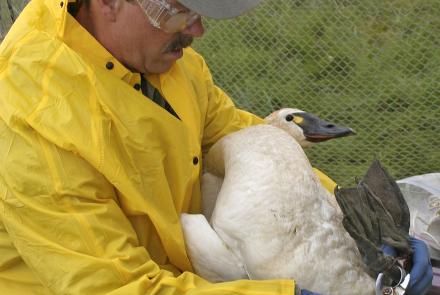Mosquito Repellents
Mosquito repellents do not repel mosquitos because the repellents smell or taste badly to the mosquitos. Instead, the repelling action is by a more subtle process that blocks sensory functions.
Female mosquitoes--as usual, it's the females that are the trouble makers--do not use the sense of sight or touch in seeking out victims or the most stingable parts of victims. A mosquito will become restless and commence to fly around if there is an increase of carbon dioxide in the surrounding air. At first, the direction of the flight path may be random, but if the mosquito finds warm and moist air she tries to stay in it. Since animals give off carbon dioxide as well as heat and moisture, the mosquito can quickly home in on a patch of exposed skin in preparation for a good meal.
Sensory hairs on the mosquito's antennae detect changes in carbon dioxide content, humidity and temperature of the air. If these sensors detect a lowering of carbon dioxide, humidity or temperature, the mosquito turns aside to look elsewhere for signs of life. It is this turning to seek more promising hunting ground that causes mosquito repellent to work.
Tests of mosquito repellency on more than 25,000 organic compounds show that the best repellents are heavy, irregularly shaped molecules. Size and shape are more important than composition, according to R. H. Wright in the July 1975 issue of Scientific American. The molecules simply block the pores in the mosquito's sensory hairs and cause her to think that she is flying toward a colder, dryer or more carbon dioxide-free region. So she turns aside and fails to land on target, the result being no mosquito bite.




